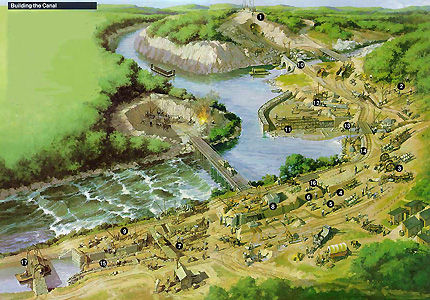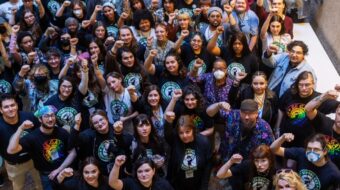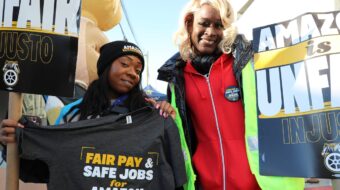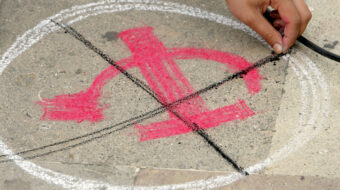
On Jan. 28 and 29, in 1834, Andrew Jackson became the first president to use federal troops against protesting workers. The workers were protesting not just their low pay but also the intolerable working conditions on an important canal construction project.
The Chesapeake and Ohio Canal was intended to facilitate the shipping of goods from the Chesapeake Bay to the Ohio River Valley.
Barges on the Potomac River, the main way of shipping goods from Chesapeake Bay to the inland waterways, had to contend with dangerous rapids that meant limits to commerce critical to the development of the United States.
In 1823 legislators, business leaders and engineers held a gathering in Washington to develop a massive project that would result in a safe inland waterway route to the Ohio River. The newly chartered Chesapeake and Ohio Canal Company began construction in 1828.
President John Quincy Adams ceremoniously broke ground on the project, which was to become a particularly difficult one. The rocky ground proved nearly impossible to excavate and years of slow progress sent costs soaring well above original projections. Property owners along the route also fought the passage of the canal through their lands.
The construction teams, made up of Black, Irish, German and Dutch workers were equipped with primitive tools and forced to work long hours in dangerous conditions.
Finally, by Jan. 28, they began rioting and on the following day were put down by federal troops.
The use of federal troops to break up labor unrest then became something companies would increasingly rely upon in their battles with workers. As the years went on in the 1800’s business leaders became confident that they could count on the support of the government whenever they were faced with labor protests.
After the riots were put down by the troops Jackson sent in, work on the project continued. The project was finally abandoned, however, in 1850, with the farthest reach of the canal ending at Cumberland, Maryland.
This was a far cry from today, when we have federal government agencies like the National Labor Relations Board acting in support of workers’ rights with some sections of big business viewing the federal government itself as the enemy.
Photo: Drawing of the building the Chesapeake and Ohio Canal. National Park Service.












Comments